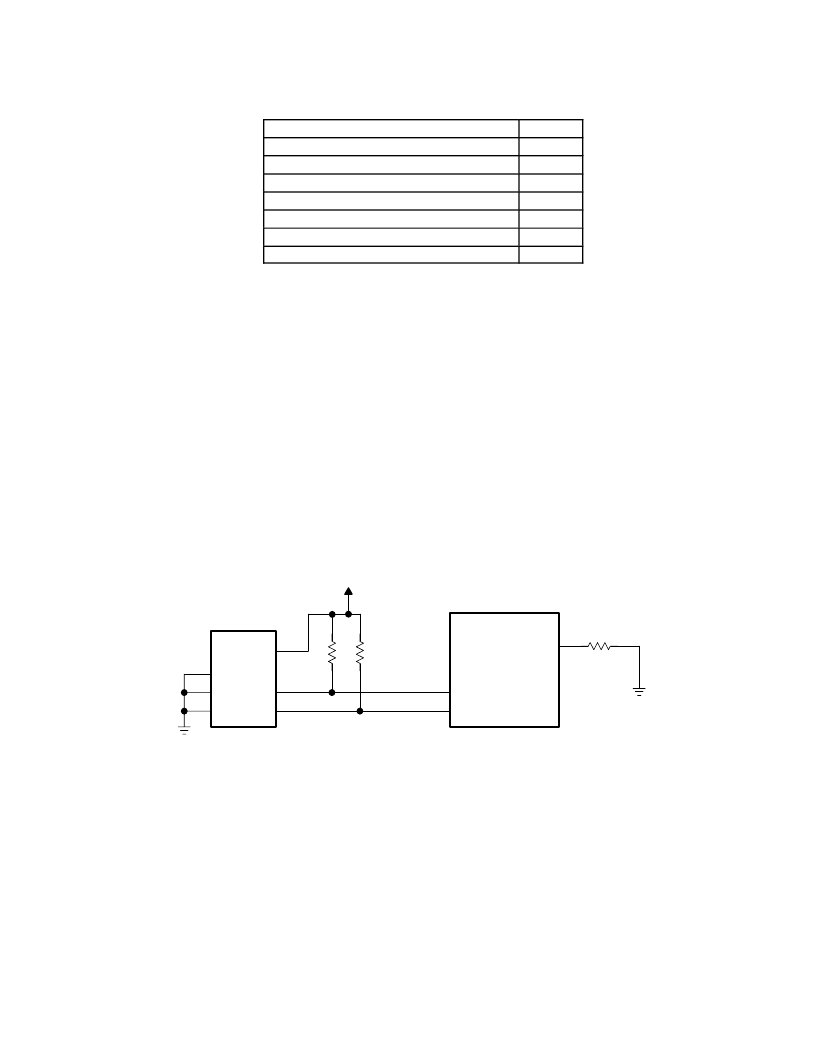- 您現(xiàn)在的位置:買賣IC網(wǎng) > PDF目錄369950 > PCI1520-EP Military Enhanced Plastic PC Card Controllers Data Manual PDF資料下載
參數(shù)資料
| 型號(hào): | PCI1520-EP |
| 英文描述: | Military Enhanced Plastic PC Card Controllers Data Manual |
| 中文描述: | 軍事增強(qiáng)塑料PC卡控制器數(shù)據(jù)手冊(cè) |
| 文件頁數(shù): | 39/125頁 |
| 文件大小: | 716K |
| 代理商: | PCI1520-EP |
第1頁第2頁第3頁第4頁第5頁第6頁第7頁第8頁第9頁第10頁第11頁第12頁第13頁第14頁第15頁第16頁第17頁第18頁第19頁第20頁第21頁第22頁第23頁第24頁第25頁第26頁第27頁第28頁第29頁第30頁第31頁第32頁第33頁第34頁第35頁第36頁第37頁第38頁當(dāng)前第39頁第40頁第41頁第42頁第43頁第44頁第45頁第46頁第47頁第48頁第49頁第50頁第51頁第52頁第53頁第54頁第55頁第56頁第57頁第58頁第59頁第60頁第61頁第62頁第63頁第64頁第65頁第66頁第67頁第68頁第69頁第70頁第71頁第72頁第73頁第74頁第75頁第76頁第77頁第78頁第79頁第80頁第81頁第82頁第83頁第84頁第85頁第86頁第87頁第88頁第89頁第90頁第91頁第92頁第93頁第94頁第95頁第96頁第97頁第98頁第99頁第100頁第101頁第102頁第103頁第104頁第105頁第106頁第107頁第108頁第109頁第110頁第111頁第112頁第113頁第114頁第115頁第116頁第117頁第118頁第119頁第120頁第121頁第122頁第123頁第124頁第125頁

3
–
11
Table 3
–
6. CardBus Socket Registers
REGISTER NAME
OFFSET
Socket event
00h
Socket mask
04h
Socket present state
08h
Socket force event
0Ch
Socket control
10h
Reserved
14h
–
1Ch
Socket power management
20h
3.6
Serial-Bus Interface
The PCI1520 provides a serial-bus interface to load subsystem identification information and selected register
defaults from a serial EEPROM, and to provide a PC Card power-switch interface alternative to P
2
C. See
Section 3.5.2,
P
2
C Power-Switch Interface (TPS222X)
, for details. The PCI1520 serial-bus interface is compatible
with various I
2
C and SMBus components.
3.6.1
Serial-Bus Interface Implementation
The PCI1520 defaults to serial bus interface are disabled. To enable the serial interface, a pulldown resistor must
be implemented on the LATCH terminal and the appropriate pullup resistor must be implemented on the SDA and
SCL signals, that is, the MFUNC1 and MFUNC4 terminals. When the interface is detected, bit 3 (SBDETECT) in the
serial bus control and status register (see Section 4.48) is set. The SBDETECT bit is cleared by a writeback of 1.
The PCI1520 implements a two-terminal serial interface with one clock signal (SCL) and one data signal (SDA). When
a pulldown resistor is provided on the LATCH terminal, the SCL signal is mapped to the MFUNC4 terminal and the
SDA signal is mapped to the MFUNC1 terminal. The PCI1520 drives SCL at nearly 100 kHz during data transfers,
which is the maximum specified frequency for standard mode I
2
C. The serial EEPROM must be located at address
A0h. Figure 3
–
8 illustrates an example application implementing the two-wire serial bus.
Serial
EEPROM
PCI1520
MFUNC4
MFUNC1
LATCH
SCL
SDA
VCC
A1
A0
A2
Figure 3
–
8. Serial EEPROM Application
Some serial device applications may include PC Card power switches, ZV source switches, card ejectors, or other
devices that may enhance the user
’
s PC Card experience. The serial EEPROM device and PC Card power switches
are discussed in the sections that follow.
3.6.2
Serial-Bus Interface Protocol
The SCL and SDA signals are bidirectional, open-drain signals and require pullup resistors as shown in Figure 3
–
8.
The PCI1520, which supports up to 100-Kb/s data-transfer rate, is compatible with standard mode I
2
C using 7-bit
addressing.
All data transfers are initiated by the serial bus master. The beginning of a data transfer is indicated by a start
condition, which is signaled when the SDA line transitions to low state while SCL is in the high state, as illustrated
相關(guān)PDF資料 |
PDF描述 |
|---|---|
| PCI1620GHK | Controller Miscellaneous - Datasheet Reference |
| PCI1620PDV | Controller Miscellaneous - Datasheet Reference |
| PCI2050A | 32-Bit. 66MHz. 9-Master PCI-to-PCI Bridge |
| PCI2050GHK | BUS CONTROLLER |
| PCI2050PDV | BUS CONTROLLER |
相關(guān)代理商/技術(shù)參數(shù) |
參數(shù)描述 |
|---|---|
| PCI1520GHK | 功能描述:外圍驅(qū)動(dòng)器與原件 - PCI PC CARD CONTROLLER RoHS:否 制造商:PLX Technology 工作電源電壓: 最大工作溫度: 安裝風(fēng)格:SMD/SMT 封裝 / 箱體:FCBGA-1156 封裝:Tray |
| PCI1520I | 制造商:TI 制造商全稱:Texas Instruments 功能描述:PC CARD CONTROLLERS |
| PCI1520IGHK | 功能描述:外圍驅(qū)動(dòng)器與原件 - PCI PC CARD CONTROLLER RoHS:否 制造商:PLX Technology 工作電源電壓: 最大工作溫度: 安裝風(fēng)格:SMD/SMT 封裝 / 箱體:FCBGA-1156 封裝:Tray |
| PCI1520IGHKEP | 功能描述:外圍驅(qū)動(dòng)器與原件 - PCI Mil Enhance PC Card Cntrlr Data Manual RoHS:否 制造商:PLX Technology 工作電源電壓: 最大工作溫度: 安裝風(fēng)格:SMD/SMT 封裝 / 箱體:FCBGA-1156 封裝:Tray |
| PCI1520IPDV | 功能描述:外圍驅(qū)動(dòng)器與原件 - PCI PC CARD CONTROLLER RoHS:否 制造商:PLX Technology 工作電源電壓: 最大工作溫度: 安裝風(fēng)格:SMD/SMT 封裝 / 箱體:FCBGA-1156 封裝:Tray |
發(fā)布緊急采購,3分鐘左右您將得到回復(fù)。